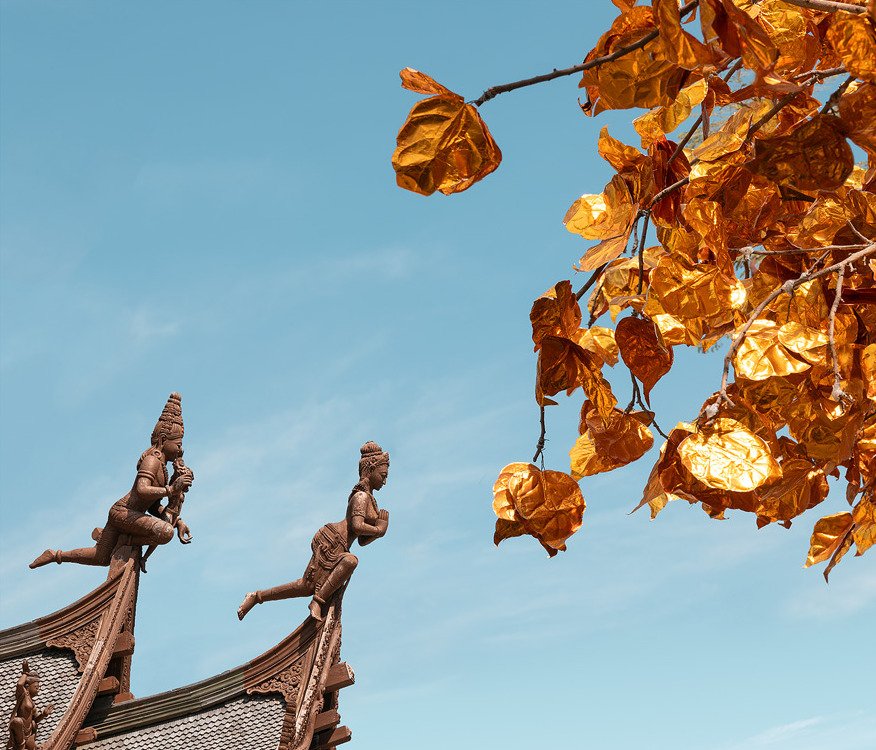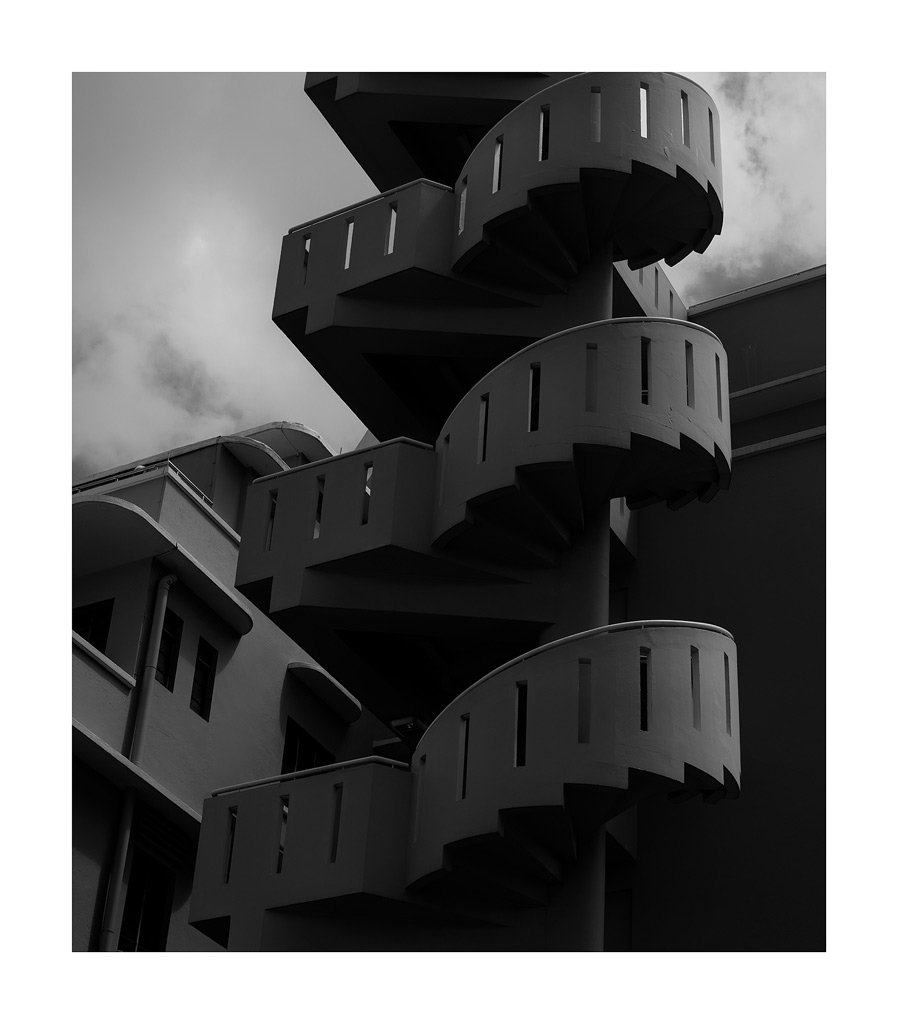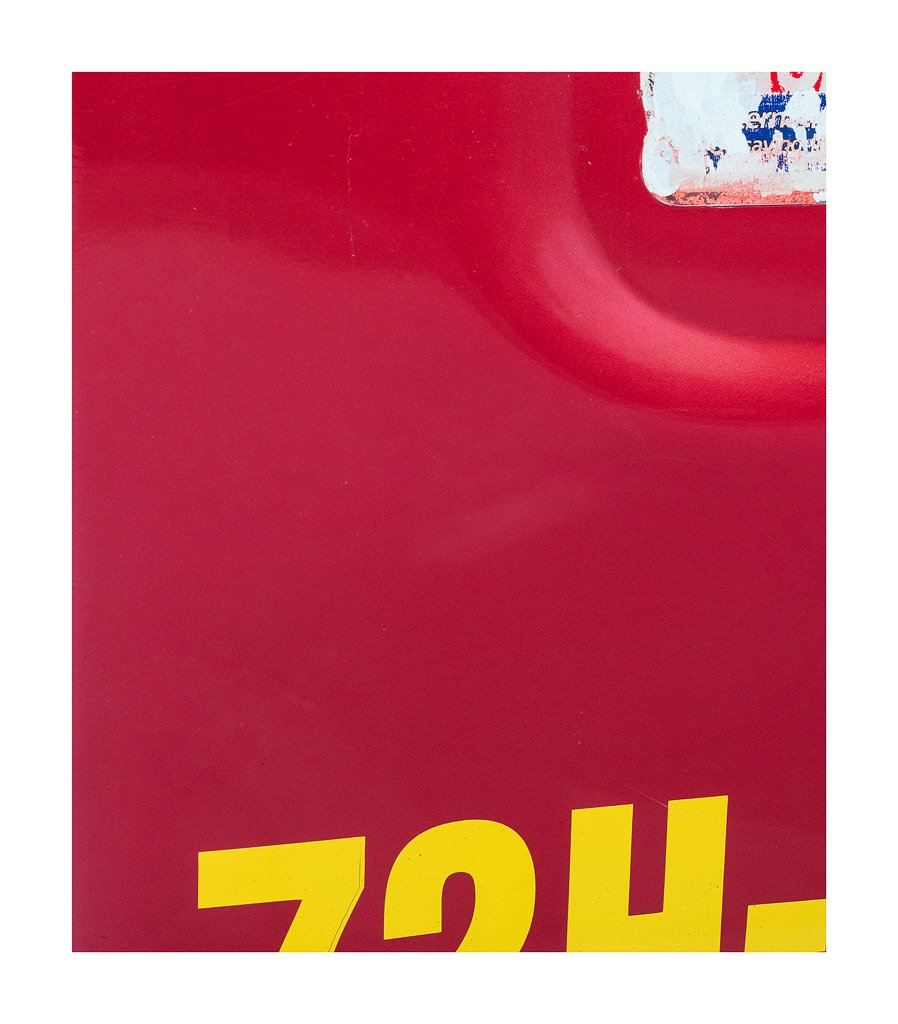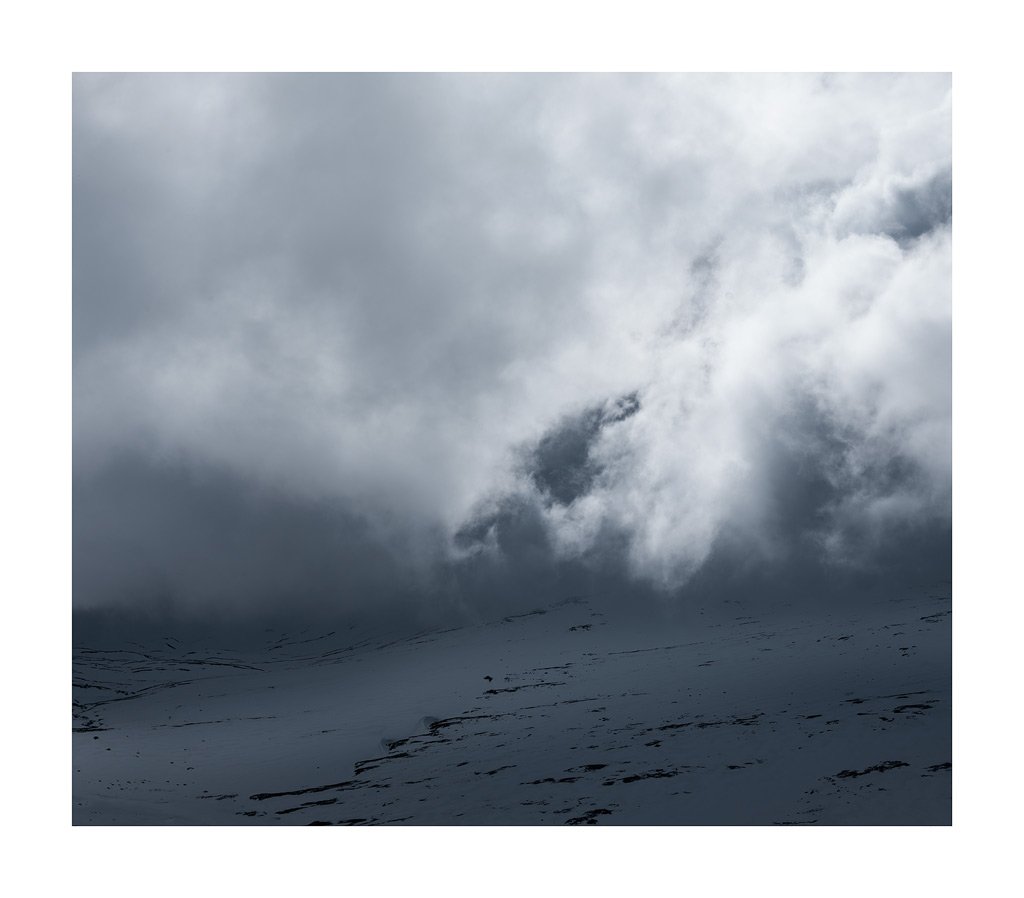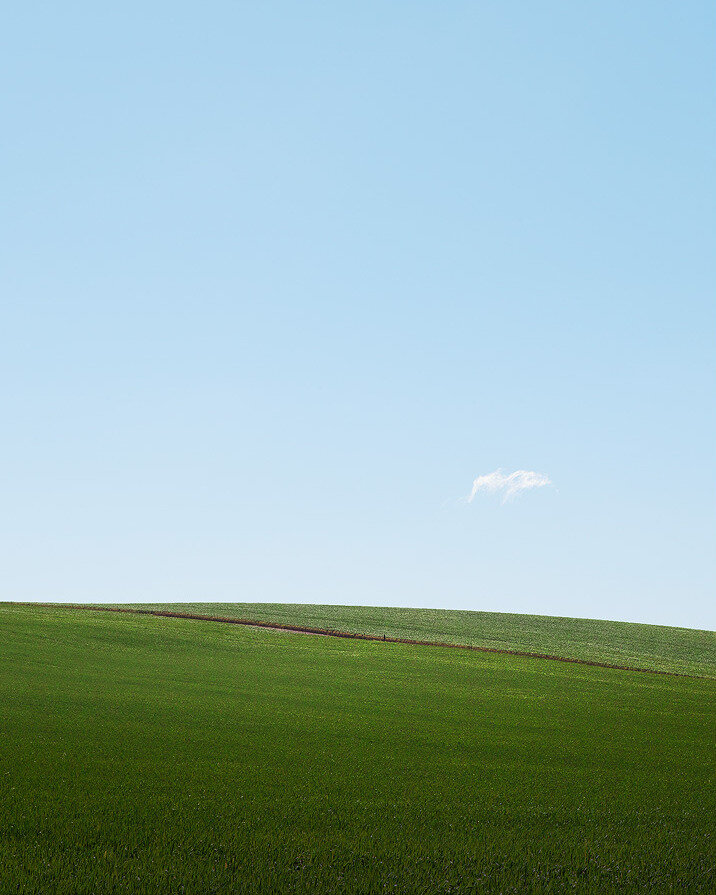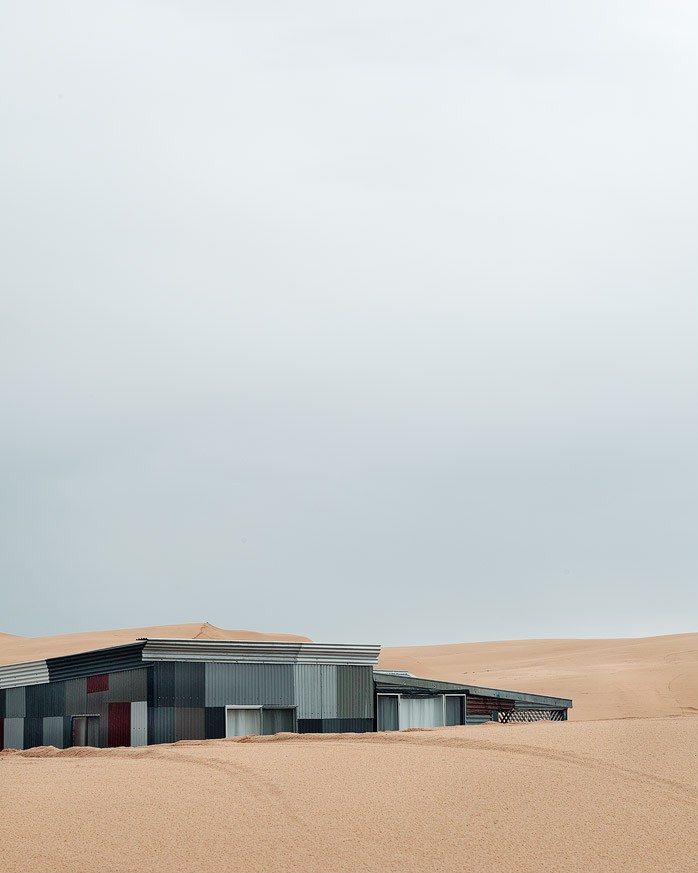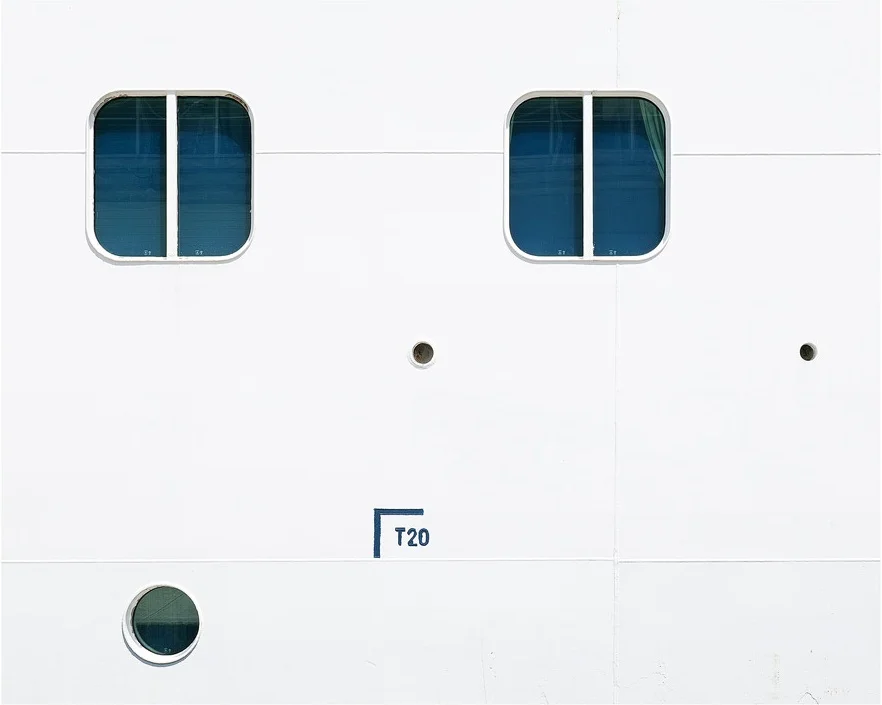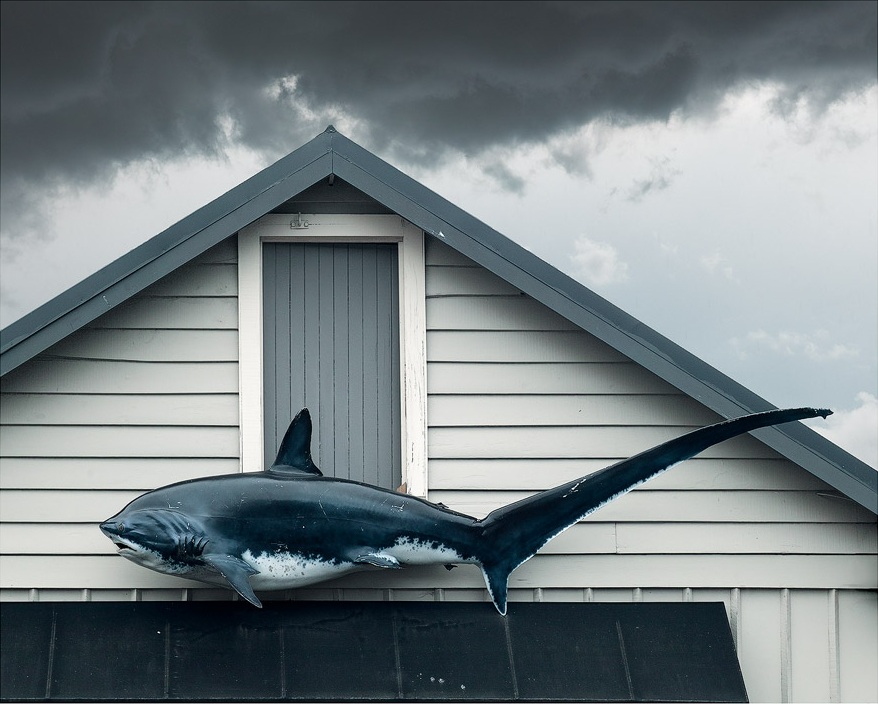And so it was we headed to Japan this year for a family holiday. As these things go, photography is never a priority on these kind of trips, but I did manage to sneak in a few shots… though in a new direction.
This is my favourite image. It was taken at TeamLab Borderless in Tokyo, a kind of light and projection installation. This little girl was wearing a bright orange dress and sliding down one of the structures (to the dismay of a nearby security guard), but the lighting and shutter speed give it a painterly, abstract feel.
My wife and I last visited Japan twenty years ago (before kids). A lot has changed, yet a lot has also stayed the same. For one, the amount of tourists has increased significantly. Almost everyone I spoke to this year seemed like they were planning on going or had been to Japan. It really is the place to be, as evidenced how busy it is over there at the moment. And while it’s still ‘the future’ in many ways, there is also this strange dichotomy in which Japan is also stuck back in the ’80s—paper ticketing, cash and fax machines. I spoke to a local in Osaka who told me with an ageing population there is a mantra of ‘if it ain’t broke, don’t fix it’ and an unwillingness to change, especially in business. This was evidenced by major beer supplier Asahi suffering a cyber attack while we were there and having to resort to paper and fax again to get their product out. It really is a country caught in a strange tug-of-war between old and new.
The above images taken out of the window on the flight to and from Japan.
We did the usual run between Tokyo, Osaka and Kyoto. Apart from eating the country out of Kobe and wagyu beef, the kids loved it. There’s plenty to do. A lot of photographers would thumb their nose at visiting and taking images at popular tourist spots, but I always see it as a challenge. I was quite excited for TeamLab Borderless in Tokyo, maybe the most popular tourist attraction there, and also the golden pavilion in Kyoto, again as especially popular place.
More light-projection fun at TeamLab Borderless. I think the silhouette adds a point of difference.
I knew from my last time in Japan it is not an easy place to photograph. While minimalism seems ingrained in Japanese culture, the cities themselves are very maximalist. There is so much going on and so much visual clutter I find it hard to simply walk and find good compositions. What I ended up with then was a very different set of images that micro-focused on things like plays of light and very subtle compositions I hope sum up the experience there. I actually returned very happy with these images, some of which suffer technically but I think have genuine character and life. It was certainly a different approach.
Kinkakuji, or the Golden Pavilion, is one of the most popular tourist destinations in Japan. So, how do you take a unique shot of something that’s been photographed endlessly? Shoot through the water bottle you’re holding with a red umbrella in the foreground. Whether it works it up to interpretation.
I’ve called this series Enter Hikari, the latter being Japanese for ‘light.’ Yes, I’m a big Metallica and Enter Shakari fan from way back, but I think it encapsulates what I’m trying to get across here—that light is the focus of my photography these days in all its many and varied forms. Moving forward, I think I’m going to push for this even more.
A better example of an image I might normally take…
…versus what I ended up with. This is light falling on a wall at a cafe in Kyoto with, my wife assures me, very good coffee, which says a lot coming from an Australian.
Regular readers might also notice the shift from the Fuji GFX50R to the Fuji XT5. I’ve been thinking about this a while and decided ultimately I needed a lighter, more compact set-up for travelling. I have loved using the GFX, but combined with the 45-100mm lens it is quite heavy. I had been considering the XE5, but given the price it made more practical sense to go with the XT5 for its weather sealing and dual card slots.
So how is the IQ difference between the GFX and the XT5? During this trip I used what amounts to a kit zoom lens with the XT5. Although there is only 10 megapixels of difference between the two cameras, the physical size of the GFX sensor is much larger, so you will aways get more micro detail and more latitude in the files, but I was very impressed with the how the XT5 held up. I imagine most people looking at my images on the web would not be able to tell the difference between the two systems, but you do have to be mindful of blowing highlights and keeping in the back of your mind that the XT5 files aren’t quite as malleable as those from the GFX.
A significant amount of these images were actually taken in the various accommodation we stayed at as opposed to out and about. The textures and light gave this flower display, again, a painterly feel.
But my god is it nice having a light camera again. It almost feels like a toy in the hand. The autofocus is also far, far superior and quicker than the GFX, and the built-in IBIS blew me away. I took one shot handheld at 2sec and was surprised it was completely sharp all the way through. There was also a point where I accidentally bumped the ISO dial and shot a number of images over 12,000 ISO. Using Denoise in Adobe Camera Raw, I was shocked these images became usable.
Where to next then? We have a couple of family trips planned next year. I’ve also been shooting a lot of 35mm film, which has been fun, and I’m continuing with my Sydney ICM (Intentional Camera Movement) series. I’ll have a post on that soon. Until then, enjoy more images below or see the full gallery here.




































